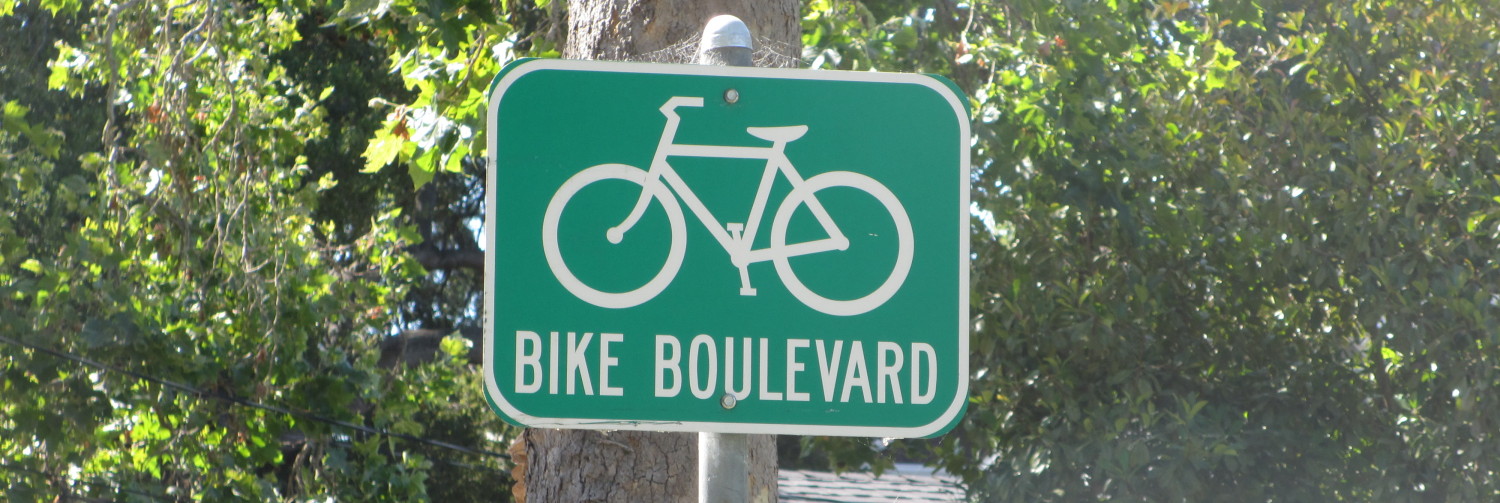The street lighting problem …
Currently streets are uniformly lit for the benefit of vehicles in the centre of the road. Lighting intensity may increase at certain intersections. Sidewalks and pedestrians may be in the shadow of vehicles and trees. They do not have lighting levels set to meet their needs or to establish a pleasant urban walking environment. Too much lighting is just as bad as too little lighting if it creates a harsh and unwelcoming environment.
Street lights are usually located at a regular distance apart and uniformly set back behind the sidewalk or along the curb. For the motorist, this creates the impression of a wide right of way and gives the illusion the motorist can see far ahead, which encourages speeding.
The street lighting solution …
Lighting needs are different for motorists and pedestrians, and the appropriate level of lighting should be provided for each. Lighting may need to be brighter in some areas than others. Generally, along main streets this takes the form of overhead lighting of the centre of the road with “cobra head” or “shoebox” lighting on tall poles; and more frequent lower height sidewalk lighting that fosters a pleasant and safe pedestrian environment.
Installing lighting and signal control boxes on bulb outs also makes it difficult and expensive to convert the street back to a wider, more traffic lanes format.




